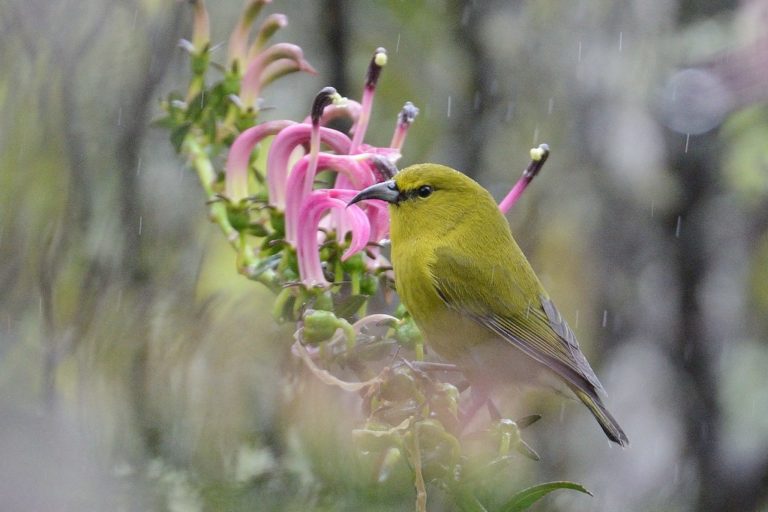Birdfinding.info ⇒ Locally common in Koke’e State Park and above, where it can usually be found along the Pihea and Alakai Swamp Trails. Uncommon to rare elsewhere on Kauai, but it can sometimes be found in Waimea Canyon, and less often in the northern and eastern lowlands.
Kauai Amakihi
Chlorodrepanis stejnegeri
Endemic to Kauai, where it inhabits wet montane forests, mainly but not exclusively in the northwestern portion of the island.
Formerly occurred in forests at all elevations throughout Kauai, but by the mid-1900s it had generally retreated to areas above 600 m elevation. Nevertheless, it has been found at least sporadically down to sea level in recent years and is occasionally reported from all portions of the island.
The size and health of its population are uncertain. It appears to have declined initially to a low in the 1960s or ‘70s, then rebounded in the ‘90s and early 2000s, then possibly declined again. Recent estimates have fluctuated between 15,000 (in 1985) and 51,000 (in 2008), but some of the differences appear to be due to changes in analytical methods.
Identification
A small yellow-olive honeycreeper with a mid-sized, strongly decurved bill.
Male is yellow-olive with a blackish mask and gray in the wings and tail.
Females and immatures have a yellow-olive head and breast, a whitish belly, and a mix of yellow-olive and gray on the back, wings, and rump.

Kauai Amakihi, male. (Koke’e State Park, Kauai, Hawaii; November 22, 2015.) © Dubi Shapiro
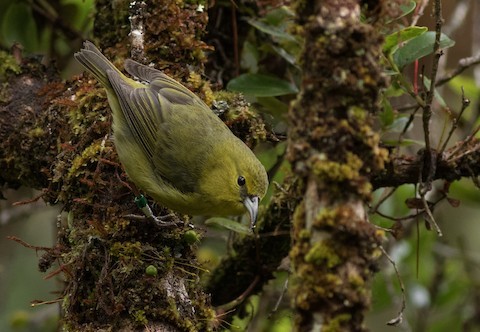
Kauai Amakihi, male. (Alaka’i Wilderness Preserve, Kauai, Hawaii; March 11, 2019.) © Joachim Bertrands

Kauai Amakihi, male with prey. (Alakai Swamp Trail, Kauai, Hawaii; December 7, 2017.) © Laura Keene

Kauai Amakihi, male. (Koke’e State Park, Kauai, Hawaii; May 18, 2004.) © Jim Denny
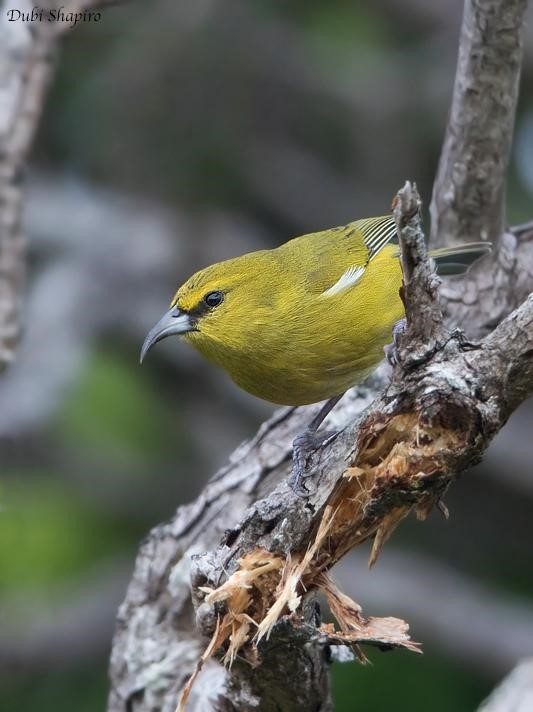
Kauai Amakihi, male. (Koke’e State Park, Kauai, Hawaii; November 22, 2015.) © Dubi Shapiro

Kauai Amakihi, male. (Pihea Trail, Kauai, Hawaii; January 15, 2016.) © Michael Hooper
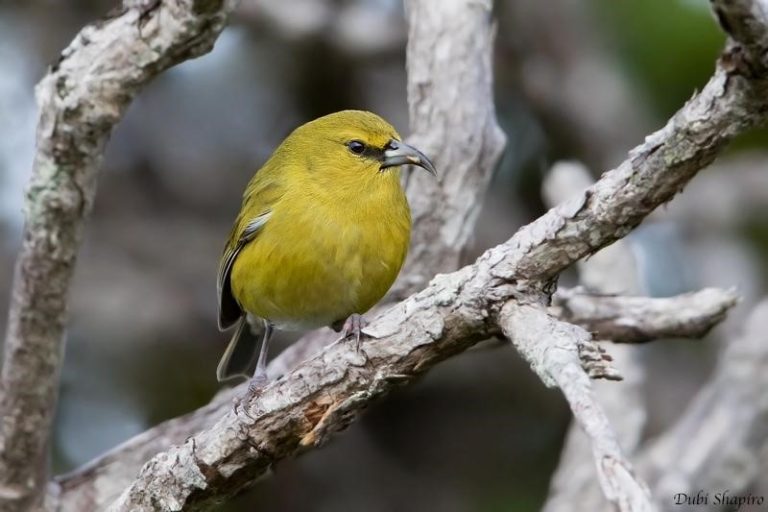
Kauai Amakihi, male. (Koke’e State Park, Kauai, Hawaii; November 22, 2015.) © Dubi Shapiro
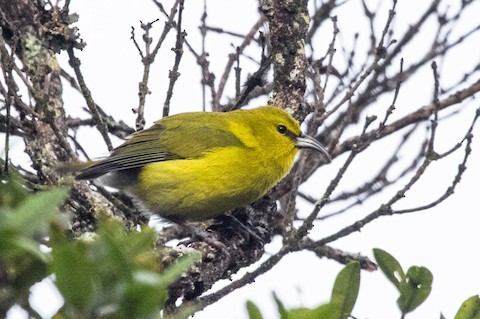
Kauai Amakihi, male. (Pihea Trail, Kauai, Hawaii; January 15, 2016.) © Michael Hooper

Kauai Amakihi, male. (Koke’e State Park, Kauai, Hawaii; February 10, 2007.) © Bill Hubick
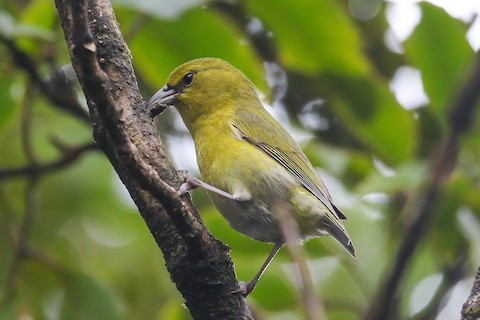
Kauai Amakihi, apparently an immature male. (Pihea Trail, Kauai, Hawaii; February 17, 2020.) © Daniele Mitchell

Kauai Amakihi, female or immature. (Kauai, Hawaii; July 23, 2009.) © Aleix Comas
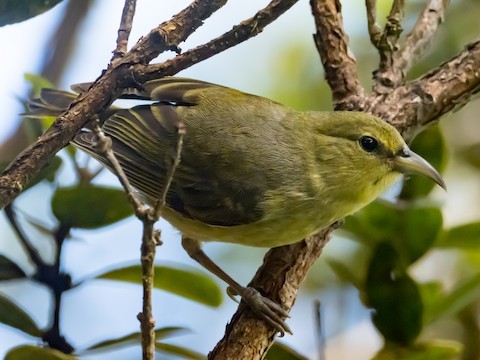
Kauai Amakihi, apparently an immature male. (Pihea Trail, Kauai, Hawaii; June 10, 2019.) © Mike Greenfelder
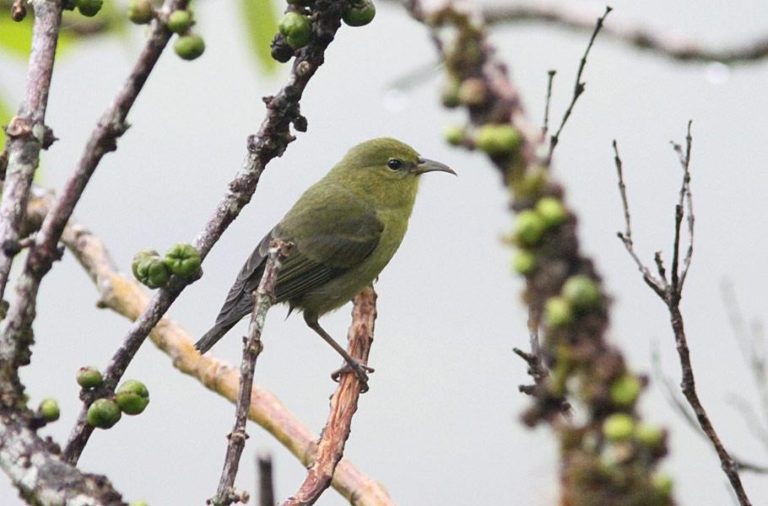
Kauai Amakihi, female or immature. (Kauai, Hawaii; July 23, 2009.) © Aleix Comas
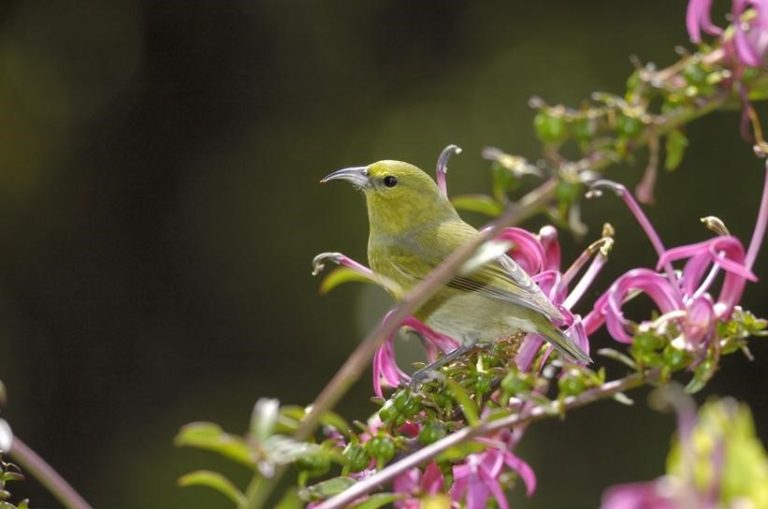
Kauai Amakihi, female or immature. (Koke’e State Park, Kauai, Hawaii; August 10, 2004.) © Jim Denny
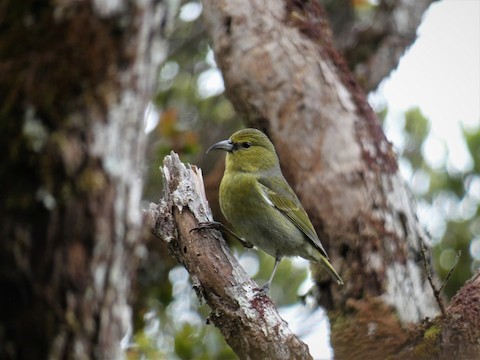
Kauai Amakihi, female or immature. (Pihea Trail, Kauai, Hawaii; April 10, 2019.) © Neil Vinson
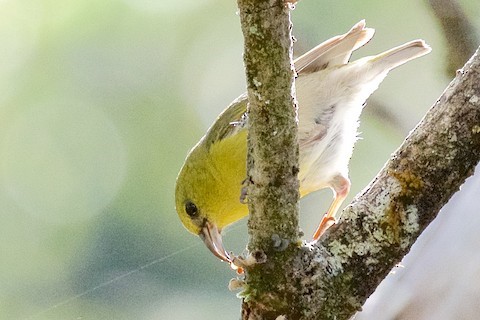
Kauai Amakihi, female or immature, showing mostly whitish hindquarters. (Alakai Swamp Trail, Kauai, Hawaii; June 25, 2017.) © George Gibbs
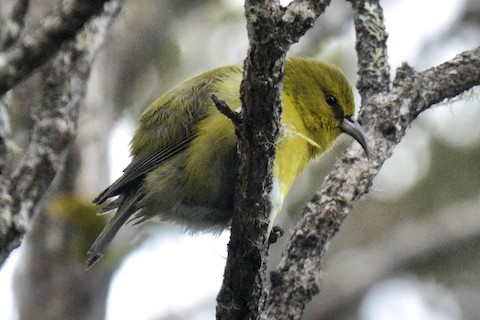
Kauai Amakihi, apparently an immature male. (Pihea Trail, Kauai, Hawaii; January 24, 2019.) © Tim DeJonghe
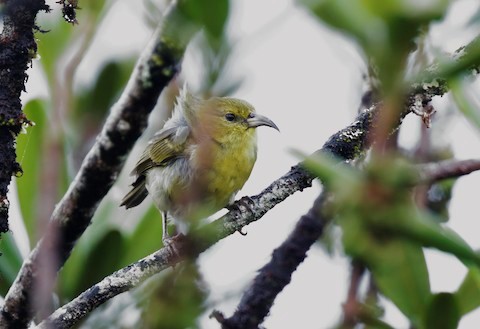
Kauai Amakihi, female or immature. (Pihea Trail, Kauai, Hawaii; July 12, 2018.) © Timo Mitzen
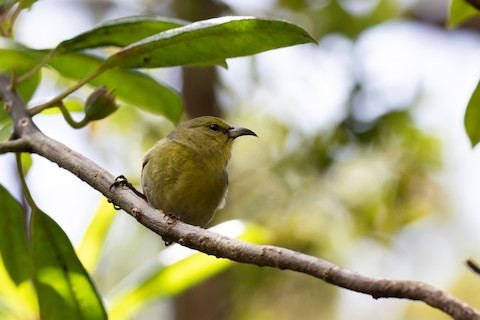
Kauai Amakihi, apparently an immature male. (Pihea Trail, Kauai, Hawaii; March 20, 2019.) © Christopher Burney
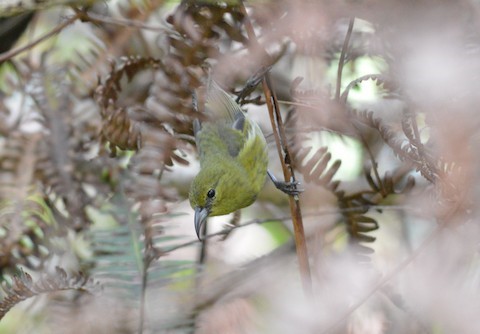
Kauai Amakihi, female or immature. (Alakai Swamp Trail, Kauai, Hawaii; July 30, 2017.) © Robert Foster
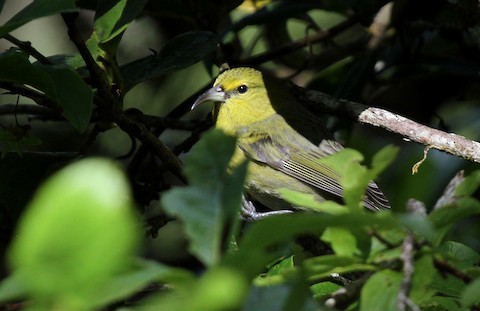
Kauai Amakihi, apparently an immature male. (Pihea Trail, Kauai, Hawaii; February 8, 2013.) © Matthew Grube
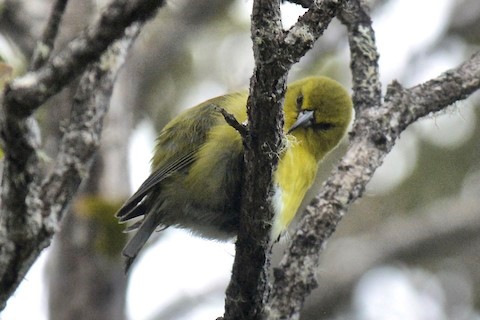
Kauai Amakihi, apparently an immature male. (Pihea Trail, Kauai, Hawaii; January 24, 2019.) © Tim DeJonghe
Notes
Monotypic species.
IUCN Red List Status: Vulnerable.
References
BirdLife International. 2016. Chlorodrepanis stejnegeri. The IUCN Red List of Threatened Species 2016: e.T22720756A94682058. https://dx.doi.org/10.2305/IUCN.UK.2016-3.RLTS.T22720756A94682058.en. (Accessed May 17, 2020.)
eBird. 2020. eBird: An online database of bird distribution and abundance. Cornell Lab of Ornithology, Ithaca, N.Y. http://www.ebird.org. (Accessed May 17, 2020.)
Pratt, H.D. 2005. The Hawaiian Honeycreepers: Drepanidinae. Oxford University Press.
Pratt, D. 2020. Kauai Amakihi (Chlorodrepanis stejnegeri). In Handbook of the Birds of the World Alive (J. del Hoyo, A. Elliott, J. Sargatal, D.A. Christie, and E. de Juana, eds.). Lynx Edicions, Barcelona. https://www.hbw.com/node/61443. (Accessed May 9, 2020.)
Pyle, R.L., and P. Pyle. 2017. The Birds of the Hawaiian Islands: Occurrence, History, Distribution, and Status. Version 2 (January 1, 2017). http://hbs.bishopmuseum.org/birds/rlp-monograph/. B.P. Bishop Museum, Honolulu, Hawaii.
Xeno-Canto. 2020. Kauai Amakihi – Chlorodrepanis stejnegeri. https://www.xeno-canto.org/species/Chlorodrepanis-stejnegeri. (Accessed May 17, 2020.)
